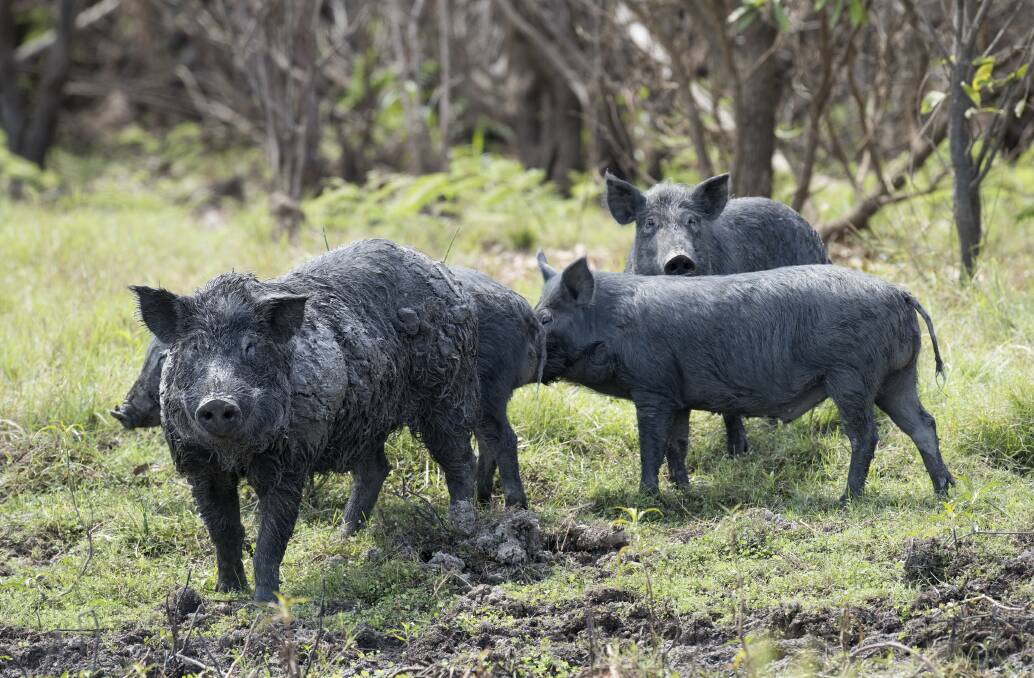
Merino industry leaders have called on producers to increase flock sizes to meet the burgeoning demand for mutton and lamb and a strengthening wool market.
Subscribe now for unlimited access.
$0/
(min cost $0)
or signup to continue reading
It was said that Australia rode on the sheep's back and Merino wool, but as producers have looked to other breed options the demand for Merino rams has severely contracted in recent years.
Gone are some of the iconic Merino studs, however they have been replaced with savvy breeders who are using a wide range of options to increase productivity.
Artificial breeding has allowed the widespread uptake of a wide range of genetics. For instance a leading ram could be used by breeders in every state.
High prices are paid for rams with cost often underpinned with semen sales.
Embryo transfer has been a boon to breeders looking to fast-track breeding programs from their top ewes. Poll Merinos once derided in many circles are now a major part of many former horned Merino flocks. Merino breeders have seriously looked at the carcase merits of their flocks along with increasing lambs marked percentages.
This is where in the past they have lost ground to other sheep breeds. In particular the traditional Merino/ Border Leicester cross ewe joined to a terminal is under real pressure particularly from self-replacing composites. Also, now looming large are prime lamb breeds that do not need shearing.
Merino breeders have lifted their game and now contend the returns from a self-replacing Merino flock can match with other breeds. When the return from wool is accounted. Having a self-replacing flock certainly lowers the risk of introducing problems such as Johnes disease.
With top flight Merino ewes selling north of $500 and other grades on fire, it would have to be tempting for breeders to sell breeding ewes.
Sheep numbers have this year fallen to an estimated 63 to 64 million head (sheep shorn), down from 72.5 million head in 2018-19 and only just over a third of the size of the peak national sheep flock in the 1970s, when it hit 180 million head.
GOING FERAL
Red Foxes are not only a problem in rural areas with a sizable population now established in major urban cities and towns, roaming freely in Sydney and Melbourne, supplementing a normal diet of native fauna with domestic poultry and food from garbage.
They have been present since the 1830s when they were introduced by recreational shooters of the day. They do not attack humans and pose a low risk of spreading diseases to domestic animals, particularly dogs.
However the risk from wild pigs is an issue that looms if overseas experience is guide. In Berlin, Rome and other cities, wild pigs have become a major problem.
All reports out of Europe call wild pigs, boars, however it is more likely a majority are sows with young of varied ages.
It is believed that in some areas of Australia populations of wild pigs have been established intentionally and are present in urban areas.
The situation in Rome is out of hand as the city battles a major problem that for numerous reasons has garbage piling up in the streets with the ever-present stench.
The fox problem cannot be controlled in urban areas and such would be the case with pigs.
In Australia wild pigs pose a frightening biosecurity risk to other animals, dogs and humans, particularly spreading brucellosis. So one wild pig is a pig too many.

